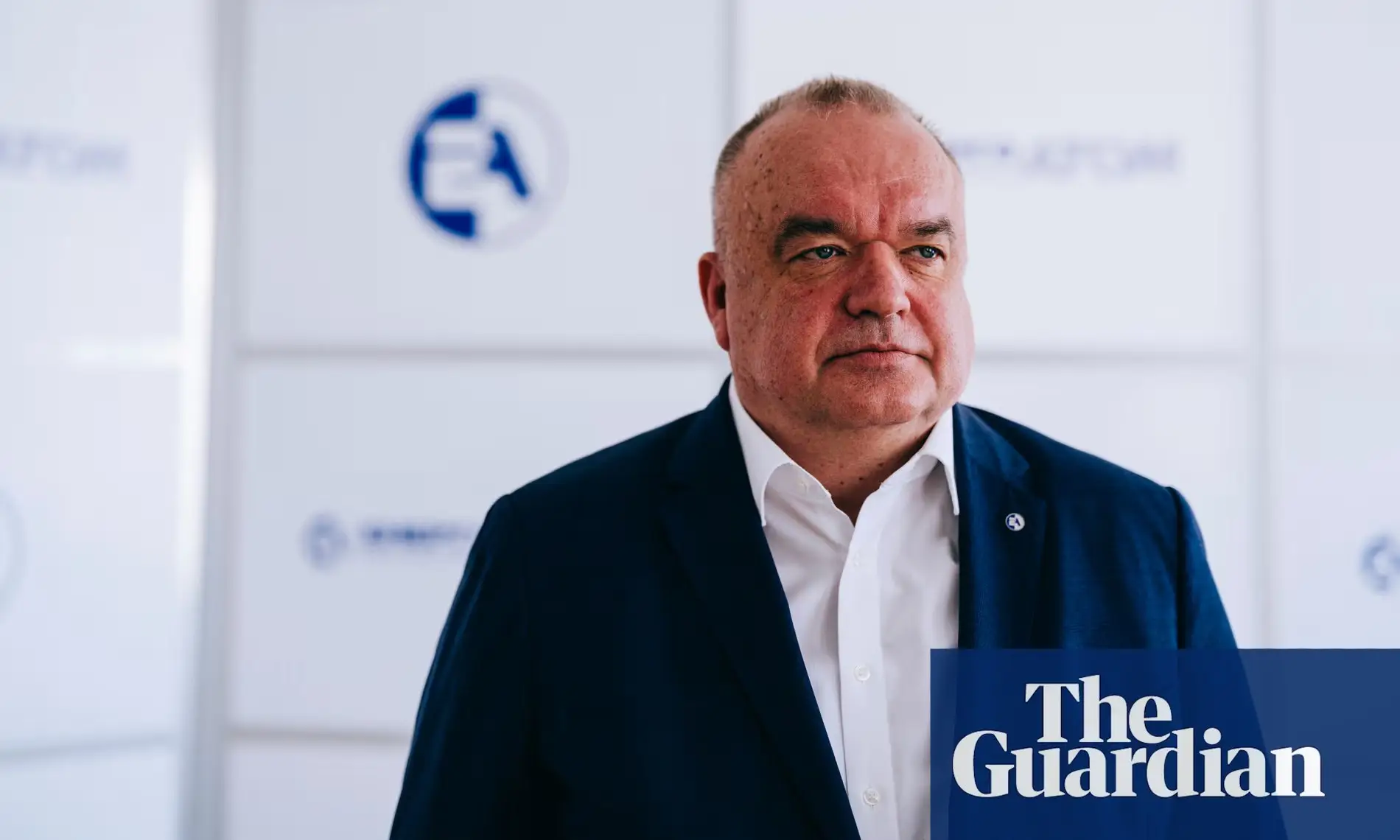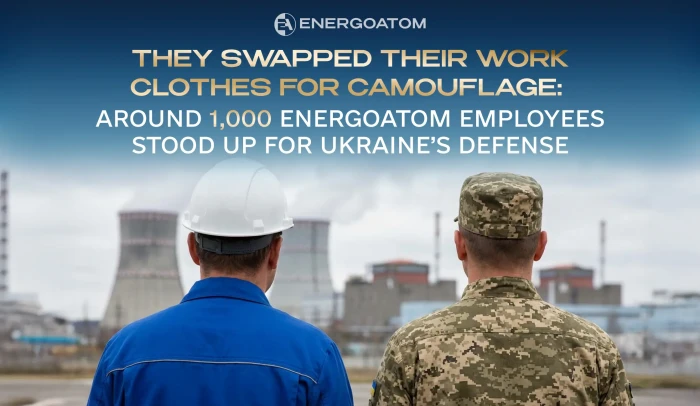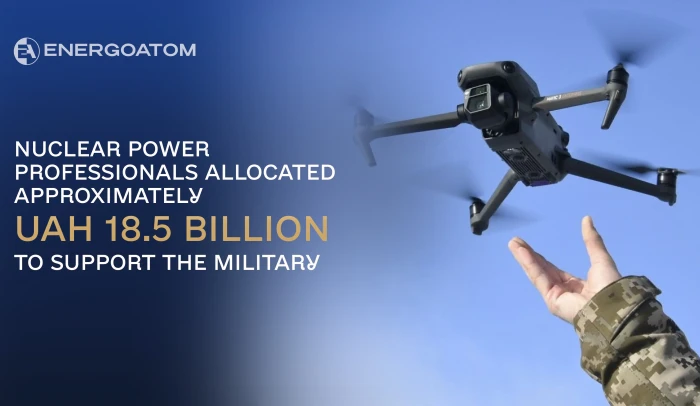Energoatom CEO, Petro Kotin, says ‘major problems’ need to be overcome before it can safely generate power
It would be unsafe for Russia to restart the occupied Zaporizhzhia nuclear plant and would take Ukraine up to two years in peacetime if it regained control, the chief executive of the company that runs the vast six-reactor site has said.
Petro Kotin, chief executive of Energoatom, said in an interview there were “major problems” to overcome – including insufficient cooling water, personnel and incoming electricity supply – before it could start generating power again safely.
The future of the Zaporizhzhia plant, Europe’s largest nuclear reactor, is a significant aspect of any negotiations to end the war in Ukraine. Seized by Russia in spring 2022 and shut down for safety reasons a few months later, it remains on the frontline of the conflict, close to the Dnipro River.
Russia has said it intends to retain the site and switch it back on, without being specific as to when. Alexey Likhachev, head of Russian nuclear operator Rosatom, said in February it would be restarted when “military and political conditions allow”.
Meanwhile, Donald Trump has expressed an interest in taking control of it, though this possibility is considered very remote.
Kotin said Energoatom was prepared to restart the plant but it would require Russian forces to be removed and the site to be de-mined and demilitarised.
Kotin said the six reactors could only be brought online after the completion of 27 safety programmes agreed with Ukraine’s nuclear regulator, including testing the nuclear fuel in the reactor cores because it had exceeded a six-year “design term”.
That raises questions about whether Russia could restart the plant after a ceasefire without incurring significant risk. The plant was already unsafe, Kotin said, given that it was being used as “a military base with military vehicles present” and there were “probably some weapons and blasting materials” present as well.
Russia has acknowledged that it has placed mines between the inner and outer perimeters of the plant “to deter potential Ukrainian saboteurs” while inspectors from the IAEA nuclear watchdog have reported that armed troops and military personnel are present at the site.
Last month, the US Department of Energy said the Zaporizhzhia plant was being operated by an “inadequate and insufficently trained cadre of workers”, with staffing levels at less than a third of prewar levels.
The US briefing said Ukrainian reactors, though originally of the Soviet VVER design, had “evolved differently” from their Russian counterparts and “particularly the safety systems”. Russian-trained specialists acting as replacements for Ukrainian staff were “inexperienced” in operating the Ukrainian variants, it said.
A nuclear reactor requires a significant amount of power for day-to-day operation, and three of the four high-voltage lines came from territories now under Russian occupation. “They themselves destroyed the lines,” Kotin said, only for Russia to discover engineers could not rebuild them as the war continued, he added.
Only two lines remain to maintain the site in cold shutdown, a 750kV line coming from Ukraine, and a further 330kV line – though on eight separate occasions shelling disrupted their supply of energy, forcing the plant to rely on backup generators.
Experts say a pumping station has to be constructed at the site, because there is insufficient cooling water available. The June 2023 destruction by Russian soldiers of the Nova Kakhova dam downstream eliminated the easy supply of necessary water from the Dnipro river.





